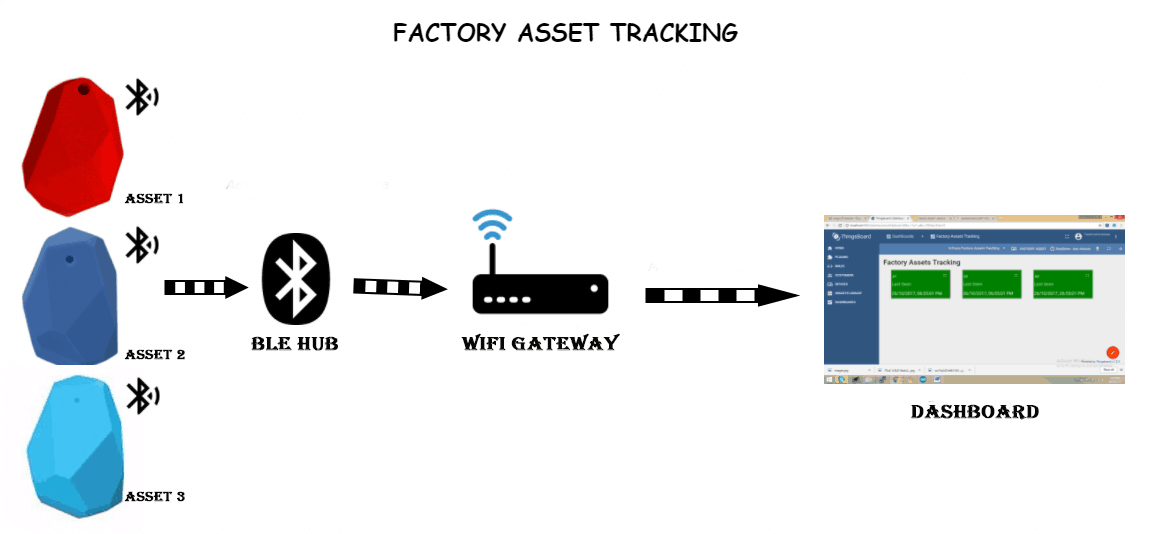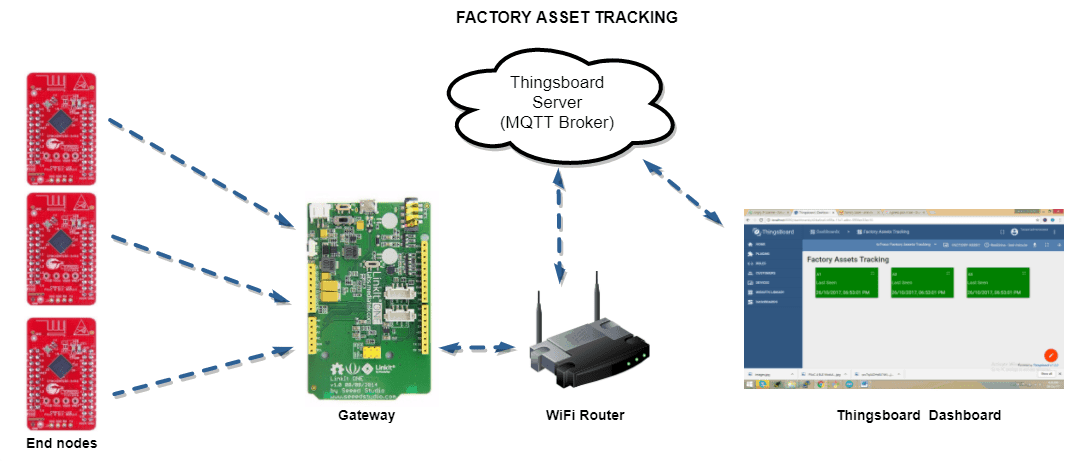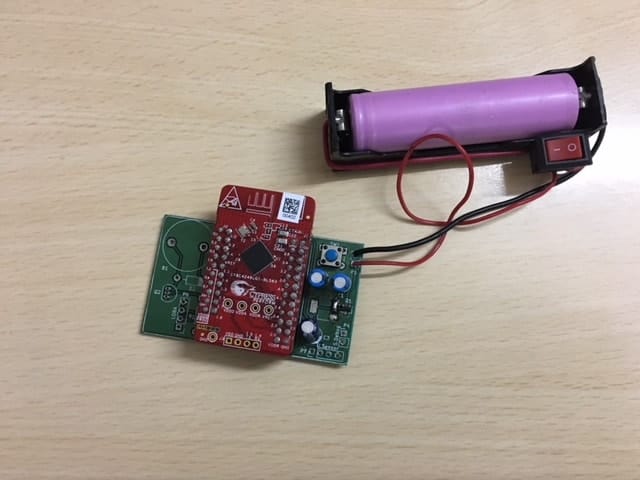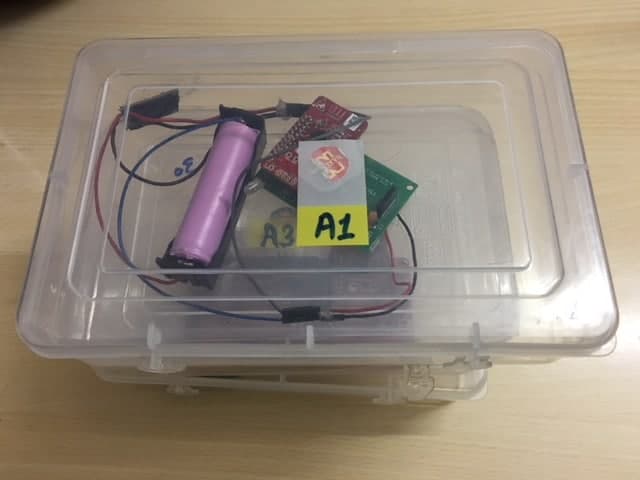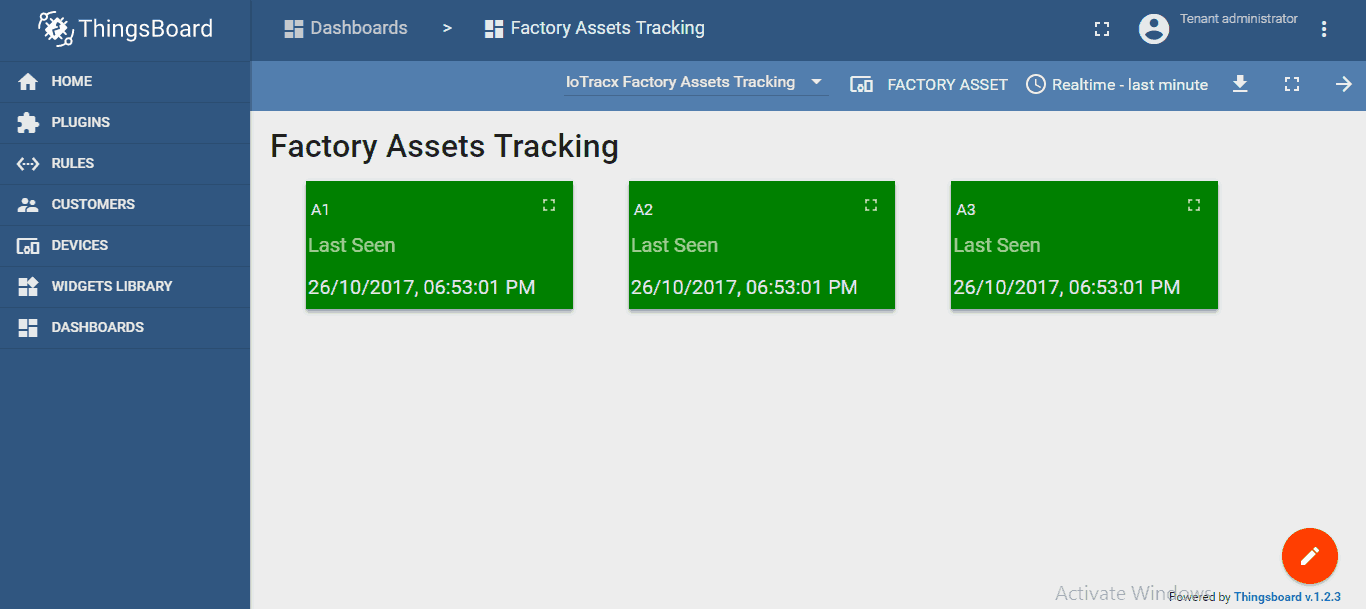Where exactly does the need for asset verification arise? We often find ourselves wasting enormous amounts of time looking for the things that we immediately need. In a business environment, especially in a manufacturing or a factory setup, workers and supervisors often end up searching for tools & equipment which directly affects the overall productivity of the company. But most importantly, during periodic audits, physical verification of assets ought to take place devoid of any hassle wherein their existence needs to be verified to maintain consistency in internal compliance.
In this blog post, we will show you the various mechanisms and technologies available for indoor asset verification and also showcase a proof of concept of an asset tracking device using one of the widely available technologies. When deployed, this can help bypass the tedious manual search process and can save time and money for the stakeholders responsible for the organization’s assets.
More...
Why Track Assets
Tracking assets has always been the prerogative ever since the advent of neolithic ages which brought about behavioral modernity in human beings.
BRIEF HISTORY OF ASSET TRACKING
In the ancient times, humans had to manually keep track of their inventory of essentials like livestock, tools, etc. on papyrus or parchment.
The basic count-and-write approach remained unrevised until the latter part of the 20th century when computer systems came into the picture that inculcated maintaining records through spreadsheets. But even the early computing systems had one limitation: The data had to be fed in manually which was error prone, and so there was no scope for automated tracking capabilities.
Automated tracking systems became a significant part of people’s lives when Global Positioning Systems (GPS) technology came into existence in the late 90’s. It has revolutionized the outdoor tracking applications. Today, most people have devices that have inbuilt GPS used for multiple purposes. Thereafter emerged the new use cases of indoor tracking.
But GPS signals don’t work indoors due to certain technological limitations. So how do we achieve indoor positioning?
Different Approaches To Physical Asset Verification
Around mid-2000’s, various asset tracking mechanisms came into existence. These systems are commonly known as Real-Time Location System (RTLS). For indoor applications, such systems rely on several wireless technologies and communication protocols.
WiFi
Wi-Fi tags attached to equipment as means of tracking them is one of the ways to achieve this. The tags ‘chirp’ every few seconds and the resulting info gets recorded in a database. Essential assets of a small scale company can thereby be tracked and located in the exact position, placement and distance. However, WiFi based systems have several limitations like short battery life, and to top it all, they are heavy in the pocket as well.
RFID
Radio Frequency Identification (RFID) is the most popular technology in this space. They are of two kinds, active and passive RFIDs. While passive RFID is considerably cheap to build a device around, it only functions when brought in extreme proximity to the reader, the read range being 1-10 cm operating on 125kHz. Active RFIDs consist of small battery powered tags and have an extended reach. They are far more expensive which makes them less feasible for physical asset tracking purposes.
ZigBee
ZigBee is a wireless communication standard using low-power digital radio signals for personal area networks. It has many applications mainly in smart home systems. Zigbee was quite popular in the previous decade but has almost faded away compared to the newer wireless technologies.
BLE
Bluetooth Low Energy (BLE) is a highly energy efficient protocol that originated in 2010. It brought about a very efficient way to materialize RTLS to identify or track assets in an indoor area. BLE has several advantages over its counterparts. It is cheaper. It is also ubiquitously available on all mobile phones making it easier to integrate it with external Bluetooth systems. BLE hardware is also ten times less expensive than Active RFID, consumes less power and can provide a range of about 70 to 100 meters.
To Get a Better Sense of the Above Technologies And Other Means of Asset Tracking
Which Technology To Choose for Physical Asset Verification
If we compare the current state of the art, BLE offers the best trade-off concerning range, accuracy and battery consumption for indoor tracking applications. The use cases may vary from simple tracking to location tracking. In case of simple tracking, only the presence or absence of the asset is to be ascertained within a particular zone or confined area. For location tracking, the approach is a little more complicated and involves complex calculations to pinpoint the location of the asset.
There has also been some advancement in BLE technology which makes it equivalent to RFID in terms of form factor and alleviates the need for a battery. The technology is still nascent, but there is some progress to commercialize it. Check out this link to know more.
BLE Based Asset Tracking
Some applications of indoor asset tracking do not really need accurate location tracking. Imagine a typical factory environment, wherein we have a few portable machines. A regular audit process requires validating the presence of these assets within the factory premises. For such kind of tracking, all we need to achieve is the simple presence tracking.
BLE is ideally suited for such applications. If we attach a BLE based beacon device to these assets and aggregate their signals in a BLE gateway, then we can find out the presence status of the asset.
A Real System for Real-time Presence Tracking of Assets
For those of you who are wondering how to go about building such a system, we have recreated the above scenario using Cypress 4.1 based BLE tags and Mediatek LinkitONE device, which acts as a gateway.
Here is how the real setup would look like.
The Linkit ONE development board is an open source, high performance board from Mediatek, for prototyping wearable and IoT devices. It acts as a BLE gateway module.
The gateway receives beacon signals from individual BLE end nodes that are attached to assets. We have used three boxes labelled from A1 to A3, as assets.
The gateway aggregates the data from each end node and pushes the presence status to Thingsboard server via Wi-Fi.
Thingsboard is an open-source IoT platform that enables rapid development and scaling of IoT applications. It is essentially an MQTT Broker responsible for sending and receiving of all messages.
For the personnel responsible for asset verification, a dashboard view provides the presence status of all the three assets.
Physical Asset Verification System In Action
With the hardware setup ready, let see how we can build a working proof of concept for this application. We have made the source code of the project public on GitHub.
Project Source Code
Please refer to the README file for instructions on how to install the software for LinkitONE, Cypress 4.1 BLE and customize the ThingsBoard dashboard.
Let’s Test It Live
Once ready you can switch on the system and move the BLE end nodes around. Based on the transmit power of each beacon, the asset can be moved in and out of the range. Correspondingly, the dashboard gets updated with the last seen time of each of the asset along with the color code indicating the current presence status.
Asset Verification in Real World
If you plan to deploy such a system in real world, there are a couple of considerations to handle the scale.
BLE technology has some limitations in terms of the number of beacons that can be scanned at once. Hence for a real world deployment, multiple gateways might be required based on the number of assets. Another way to handle scale would be to slot the beacon transmissions across multiple time slices.
If you have followed this far then I am sure you would be interested in building this solution. So head over to GitHub and give it a shot. It will interesting if you can suggest some enhancement of this demo that is more suitable for a specific real world application. We will be back with more such use cases of Bluetooth soon.
We will be happy to assist you if you want to discuss this use case further. Drop us a comment below or contact us.

